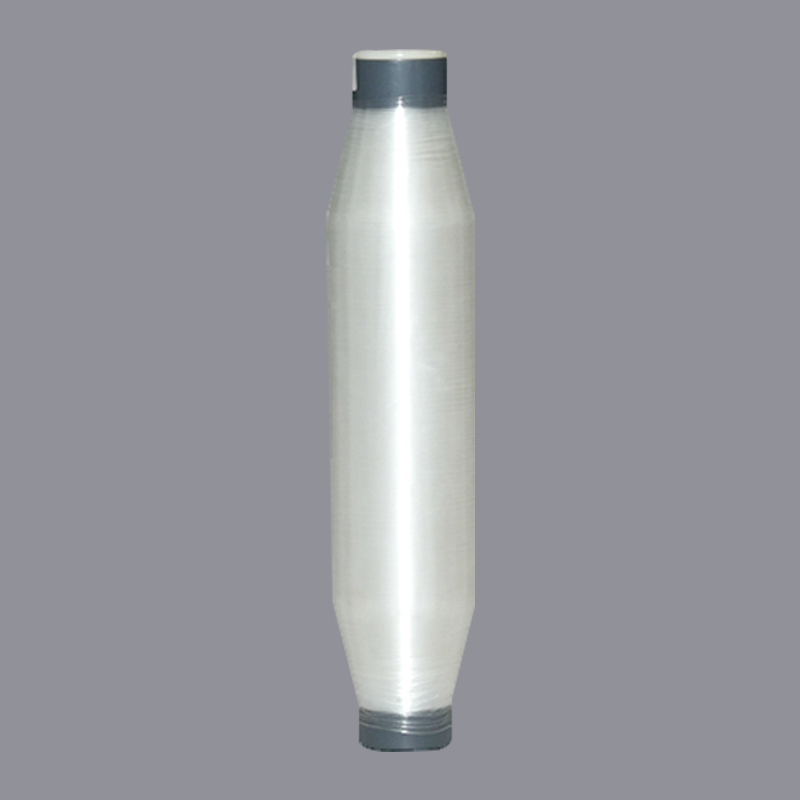It is made with Bio-base PLA, fully biodegradable Feature: 1. Industrial compost product 2. Made with PLA 3. Eco-frie...
READ MOREIn textile and industrial applications, material selection is crucial for determining product performance and durability. Technological advancements are constantly leading to the emergence of new materials, among which HDPE yarn (high-density polyethylene yarn) has attracted widespread attention for its unique properties.
Content
Nylon, one of the earliest synthetic fibers, is renowned for its outstanding tensile strength, elasticity, abrasion resistance, and lightweight properties. Nylon fiber is widely used in clothing, carpets, safety belts, ropes, and fishing nets. Its good moisture absorption and ease of dyeing make it highly popular in the apparel industry.

HDPE yarn is a fiber made from the polymer of high-density polyethylene (HDPE). Unlike nylon, HDPE is a thermoplastic polyolefin, which gives HDPE yarn a unique set of superior properties:
The most fundamental difference between HDPE yarn and nylon lies in their chemical structure. Nylon is a polyamide with amide bonds in its molecular chain, while HDPE yarn is polyethylene, with a molecular chain composed of repeating ethylene monomers. This structural difference directly leads to differences in the following key properties:
| Features | HDPE yarn | Nylon (Polyamide) Yarn |
| Density | Low, floats on water | High |
| Hygroscopicity | Very low (hydrophobic) | High |
| Chemical resistance | Excellent (to most acids and bases) | Good (but sensitive to strong acids) |
| Abrasion resistance | Good | Excellent |
| Tensile strength | Good | Excellent |
| Applicable environment | Wet, outdoor, chemically aggressive environments | Apparel, environments requiring high strength and elasticity |
Thanks to these unique properties, HDPE yarn has found irreplaceable applications in a variety of specialized fields, such as:
Nylon maintains its advantages in traditional textile and high-elasticity applications due to its superior tensile strength and abrasion resistance. HDPE yarn, on the other hand, offers specialized solutions for aquatic, outdoor, and corrosive environments thanks to its lightweight, strong chemical resistance, hydrophobicity, and excellent outdoor durability.

It is made with Bio-base PLA, fully biodegradable Feature: 1. Industrial compost product 2. Made with PLA 3. Eco-frie...
READ MOREPlease fill out the form below and our team will contact you as soon as possible.
Addres: No.66 Qiaogang Road, Haian, Nantong City, Jiangsu Province, China
E-mail: [email protected] [email protected]
Copyright ? GC FIBER All Rights Reserved. Eco-Friendly Textile Products Manufacturer Biodegradable Yarn Company
